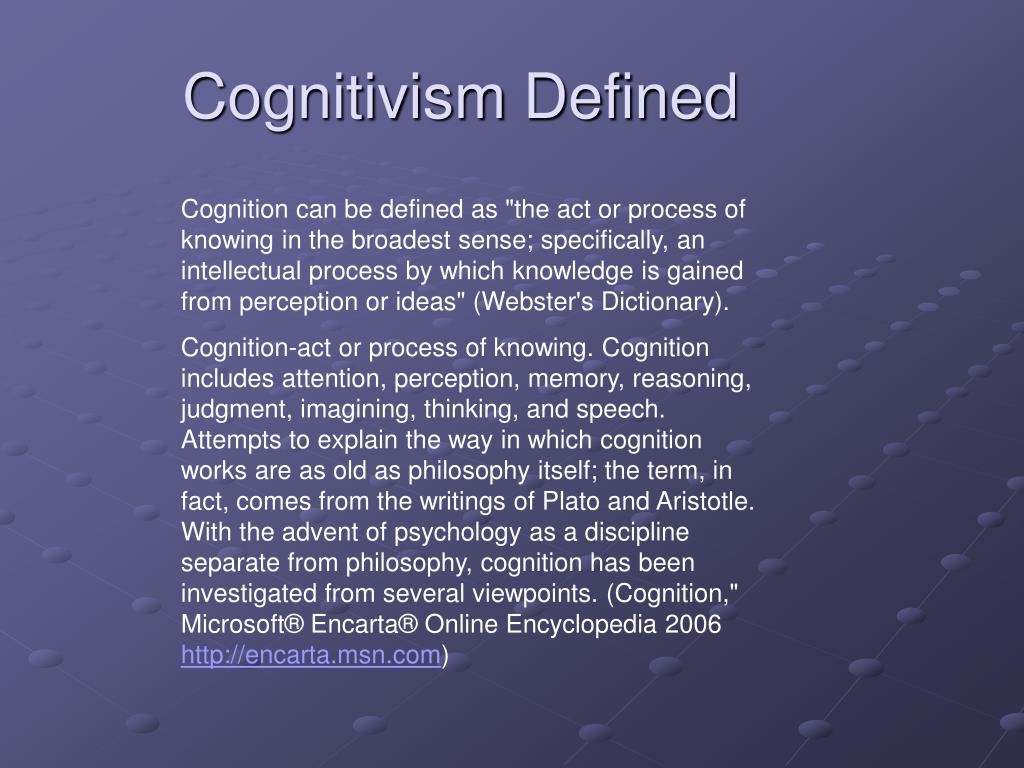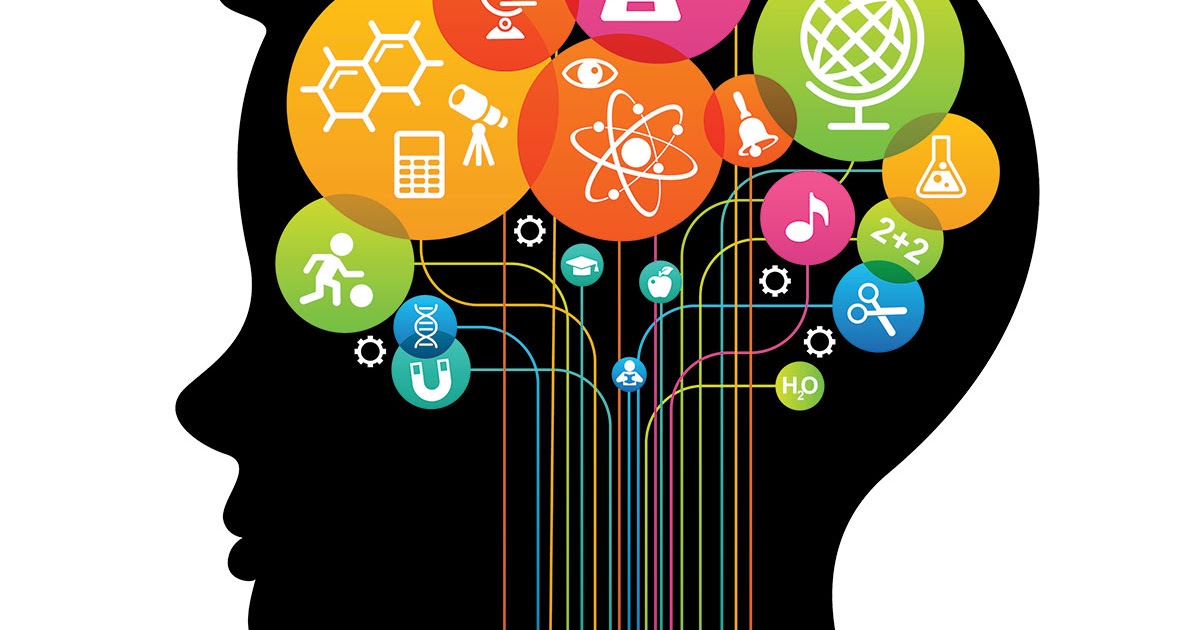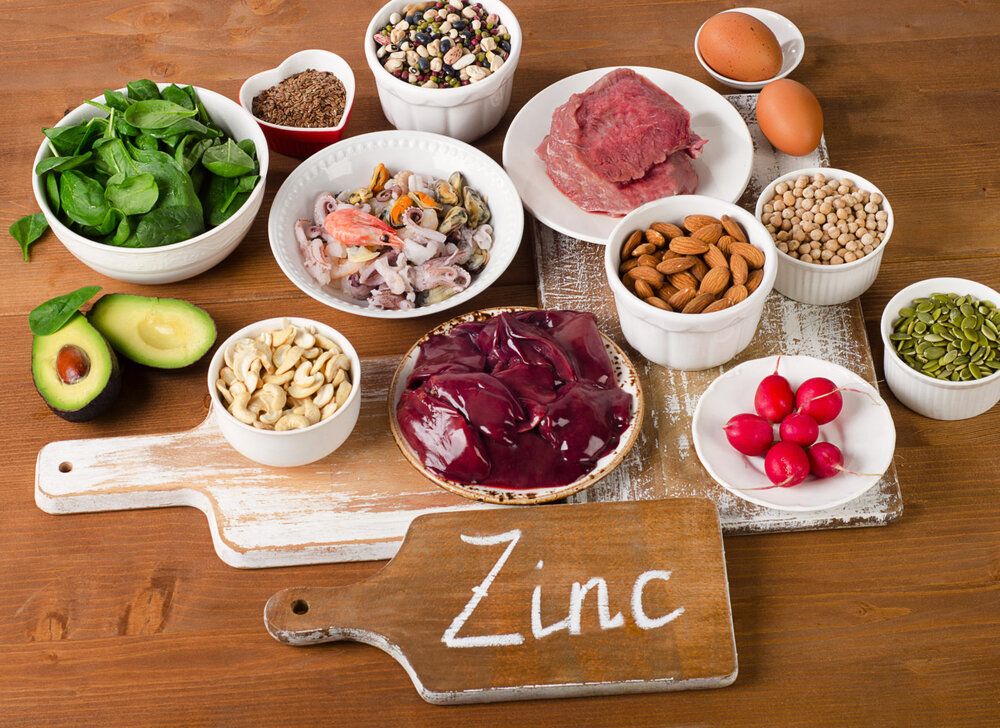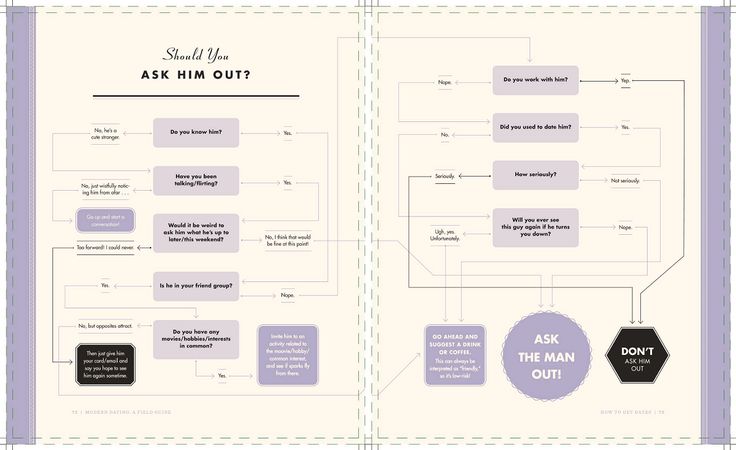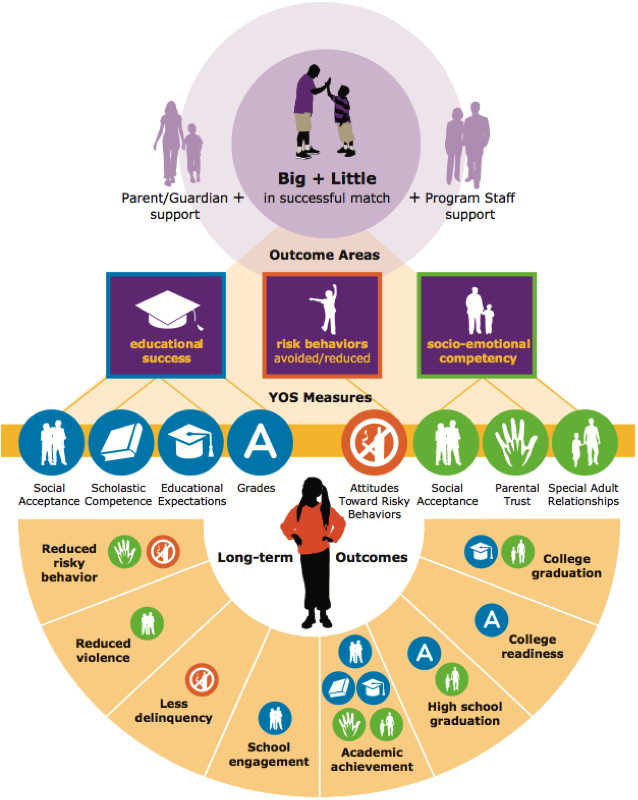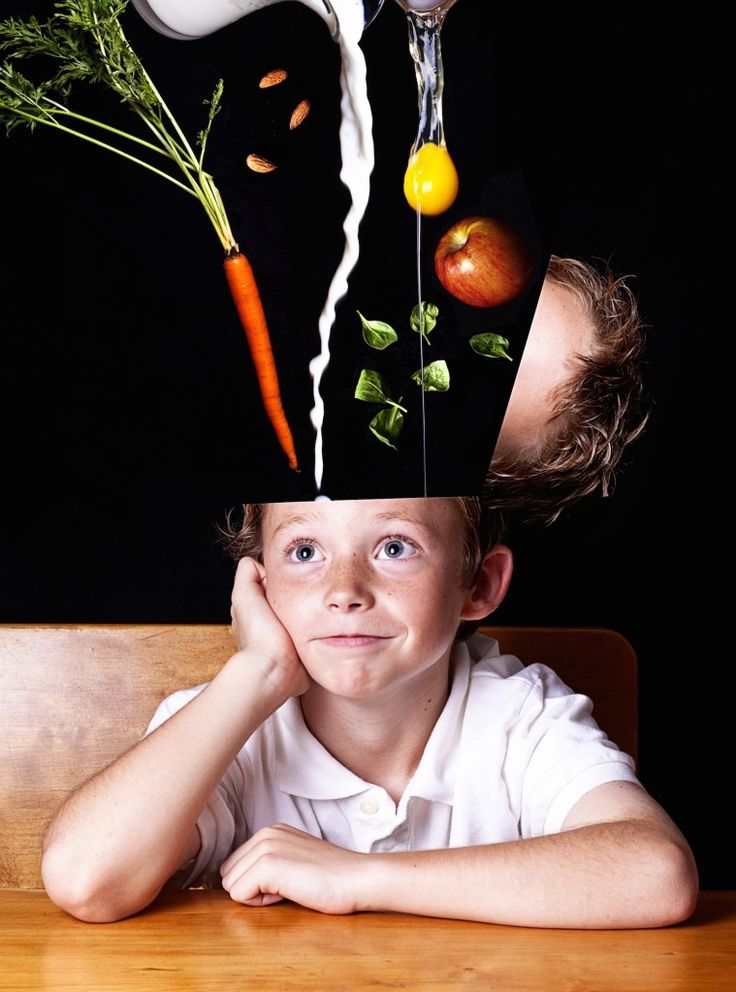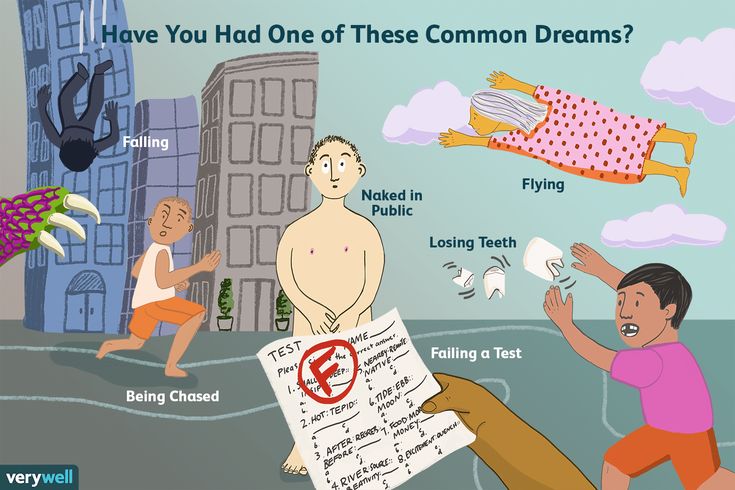Love definition psychology
The Psychology Behind Love and Romance
We spend our lives craving it, searching for it, and talking about it. Its meaning is felt more than it is clearly expressed. It’s called the greatest virtue.
It’s love.
Love is fascinating and complex. Romantic love, in particular, seems to be a beautiful mystery we find hard to explain.
Although poets and songwriters can put many of our romantic thoughts and feelings into words, love is so inexplicable we need the help of science to explain it. After all, psychologists have a lot to say about how and why people fall in love.
This is Your Brain on Love
During romantic love there are many changes that both men and women experience. It seems rather inaccurate to say “falling in love” because experiencing love is more of a high that puts people on cloud nine.
“The first step in the process of falling in love is the initial attraction,” says Elizabeth Kane, a South University adjunct faculty member who teaches clinical psychology and behavioral science. “It’s the powerful moment when we meet another person and feel energized and are immediately aware of our heart pounding.”
According to licensed psychologist Dr. Rachel Needle, specific chemical substances such as oxytocin, phenethylamine, and dopamine, have been found to play a role in human experiences and behaviors that are associated with love. They function similar to amphetamine, making us alert, excited, and wanting to bond.
It’s the powerful moment when we meet another person and feel energized and are immediately aware of our heart pounding.
“Falling in love is associated with increased energy, narrowing of mental focus, sometimes sweaty palms, light-headedness, racing heart, and a lot of positive feelings,” says Needle, an associate professor and coordinator of Clinical Experiences at South University, West Palm Beach.
In his book, The Brain in Love: 12 Lessons to Enhance Your Love Life, Dr. Daniel G. Amen says “that romantic love and infatuation are not so much of an emotion as they are motivational drives that are part of the brain's reward system.”
Daniel G. Amen says “that romantic love and infatuation are not so much of an emotion as they are motivational drives that are part of the brain's reward system.”
Kane agrees, saying that the human brain supports falling in love, which is why we have such a strong physiological response when we are attracted to another. Once a romantic couple begins to spend time together, they are in a sort of love euphoria.
“A person newly in love sees the world through the lens of love and most everything is tolerable and everything their partner does is delightful,” says Kane, who is also a marriage and family therapist.
According to the triangular theory of love developed by psychologist Robert Sternberg, the three components of love are intimacy, passion, and commitment. Intimacy encompasses feelings of attachment, closeness, connectedness, and bondedness. Passion encompasses drives connected to both limerance and sexual attraction. Commitment encompasses, in the short term, the decision to remain with another, and in the long term, the shared achievements and plans made with that other person.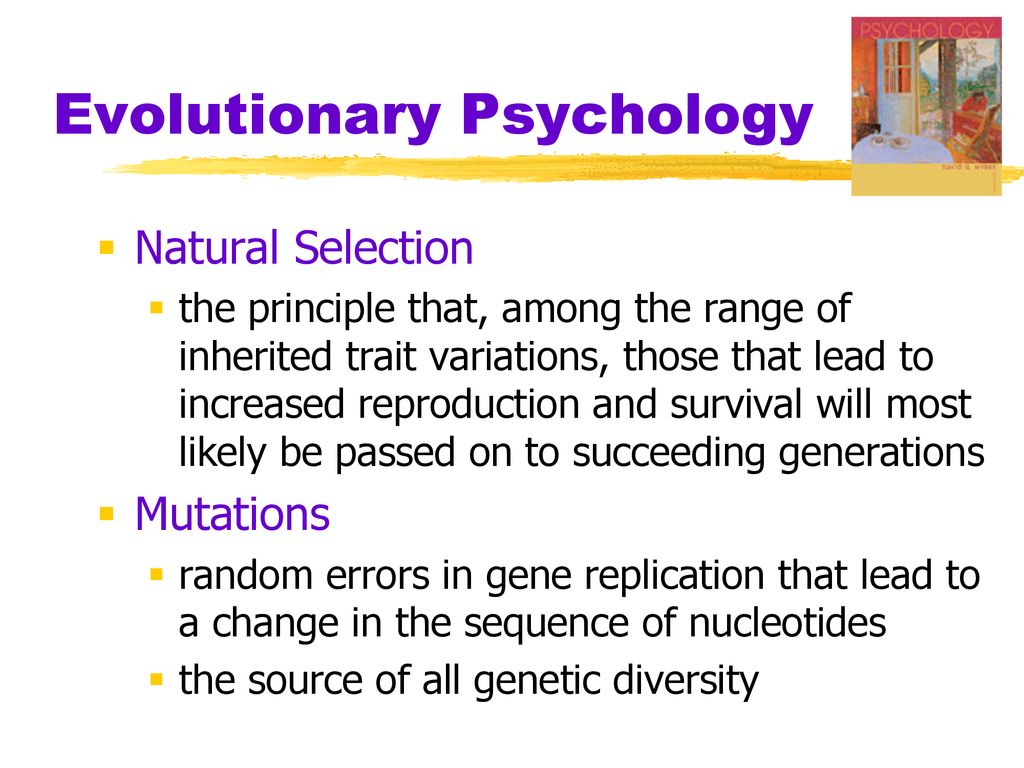
“Romantic love evolves when one feels a sense of interdependence, attachment, and that their psychological needs are being met,” Kane says. “Some researchers say oxytocin plays a part in the evolution of romantic love as it is released in the brain during orgasm, which contributes to the couple’s ability to bond with one another.”
They Call Me Dr. Love
Understanding the psychology behind falling in love can also help therapists treat people dealing with heartbreak.
When a therapist understands the meaning that romantic love has in one’s life and the traumatic effects of the abrupt and sometimes unexpected end of a relationship, they can address their client’s ability to move on and strengthen their resiliency.
“Moving beyond the pain of a failed relationship requires a shift of focus back on one’s self and to their own unique ability to give and receive love,” Kane says. “When we understand how we fall in love, we can connect to the difficulties in moving forward after our heart has been broken.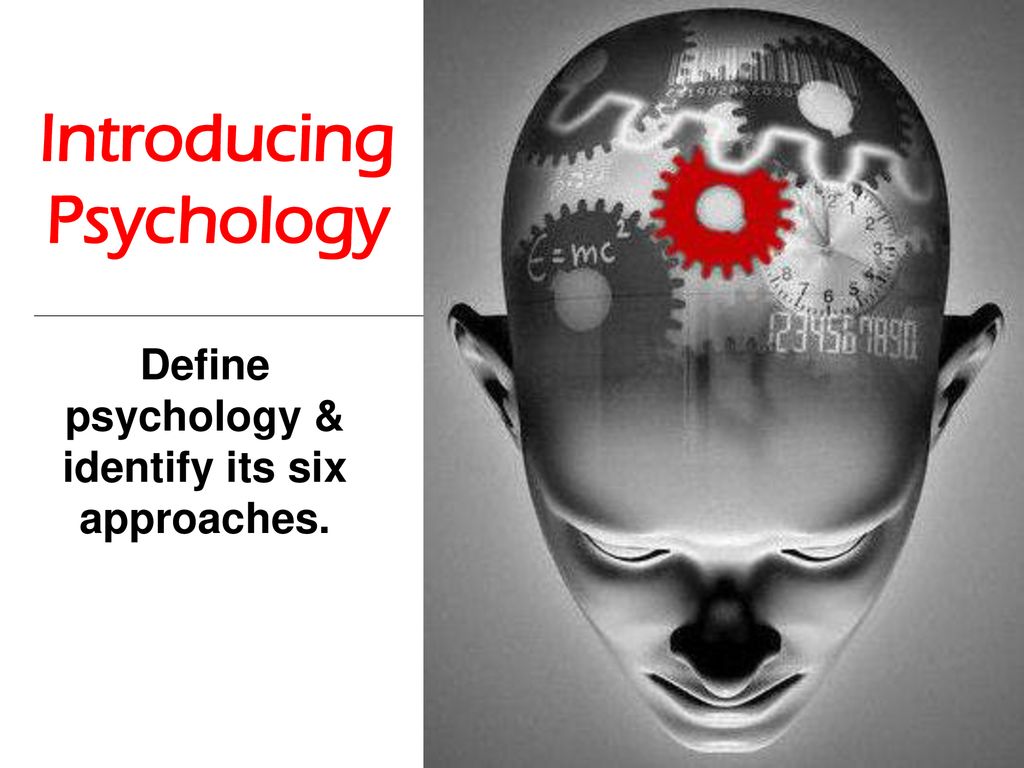 We can then connect again to the beauty of the experience and an optimistic understanding that if it has happened to us once that it can happen again to us.”
We can then connect again to the beauty of the experience and an optimistic understanding that if it has happened to us once that it can happen again to us.”
Needle says therapists need to understand each individual and how they fell in love and what they currently experience in terms of heartbreak in order to best help them work through that difficult time.
“A therapist can be helpful in supporting clients in understanding and learning from the past,” Needle states. “Many people choose similar partners from relationship to relationship, but are unaware of it, as well as why these relationships continue to lead to disappointment and not last.”
Keeping the Fires Burning
Some of us may have committed ourselves to the fantastical notion that romance is just an act of spontaneous combustion. But, Needle says it’s time to ditch the myth.
“Get rid of the myth that these things should just happen spontaneously and that there is something wrong with the relationship because you are not all over each other every minute, as when you began the relationship,” Needle says.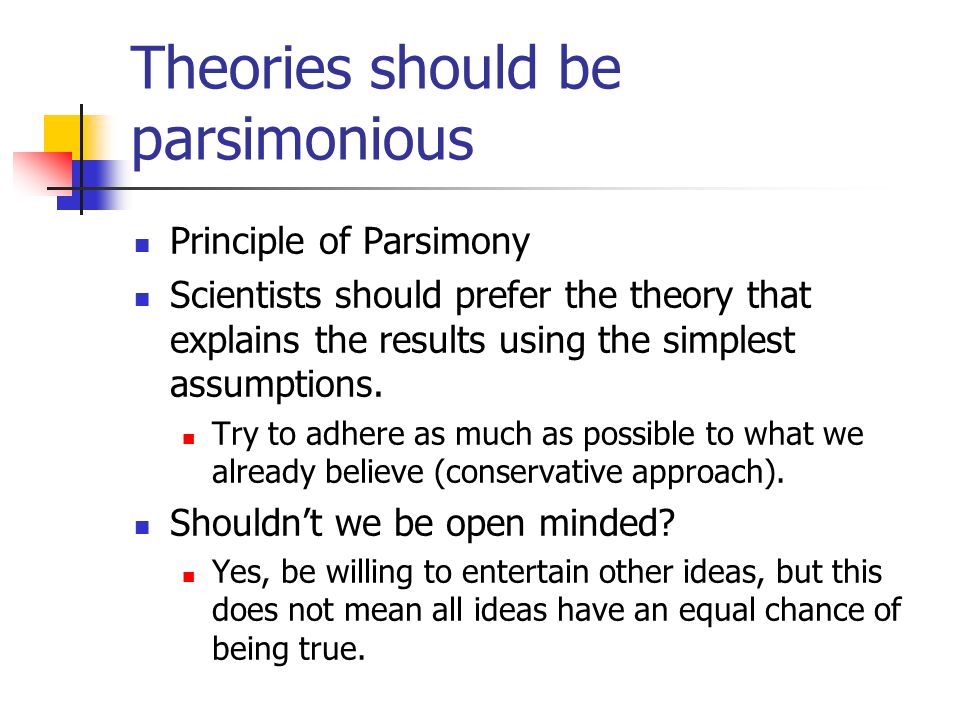 “The truth is that you have to put in time and energy and make a conscious effort to sustain the relationship and the passion.”
“The truth is that you have to put in time and energy and make a conscious effort to sustain the relationship and the passion.”
Healthy relationships require regular communication, she adds.
“Basic communication with your partner on a daily basis is important to continue connecting on an emotional level,” Needle says. “Also, remind yourself why you fell in love with this person.”
Predictability can also dampen desires, so couples should strive to keep a sense of adventure and surprise alive in their relationships.
“Break the predictable pattern every so often,” Needle advises.
People can let their partners know how much they love them by the little things they do every day.
“To be romantic is to make a choice to wake up each day and ask yourself what you can do today to let your lover know they are adored,” Kane says. “Have fun in your romance and remember that the more effort you put into your romantic relationship, the more love you will receive in return.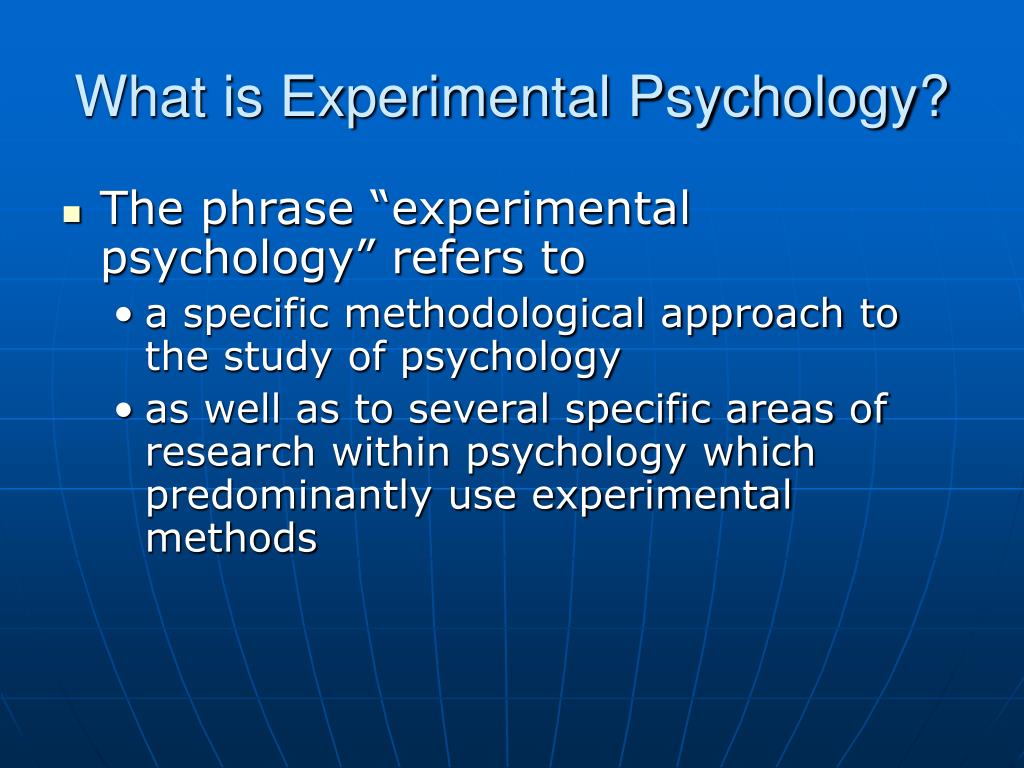 Be the partner that you seek and live a life filled with passion and romance.”
Be the partner that you seek and live a life filled with passion and romance.”
Love - IResearchNet
Love Definition
Love is often thought of as an intense and positive emotion that can be experienced for a variety of close others, including a romantic partner or spouse, close friends, children, parents, and other relatives. For more than three decades, social psychologists and other social scientists have been studying love. The type of love that has been most frequently measured and studied is the love experienced for a romantic partner. However, when social scientists began measuring love, they realized that there were many different types or subtypes, even in regard to a romantic partner.
Types of Love
An initial distinction was made between liking and love. One of the first psychologists to study love, Zick Rubin, discovered that people could distinguish between attitude statements that measured liking (items that referred to respect, positive evaluation, and perceptions of similarity) and attitude statements that measured love (items that referred to dependency, caring, and exclusiveness). His liking and love scales have been used in several research studies that have generated a number of interesting findings including (1) liking and loving are only modestly associated; (2) those who have higher scores on the love scale spend more time eye-gazing with their partner; and (3) higher scores on love are predictive of staying together over time.
His liking and love scales have been used in several research studies that have generated a number of interesting findings including (1) liking and loving are only modestly associated; (2) those who have higher scores on the love scale spend more time eye-gazing with their partner; and (3) higher scores on love are predictive of staying together over time.
Social psychologists next distinguished between various types of love. The first distinction was between passionate Jove and companionate Jove. Passionate love is intense, exciting, and has the potential for both ecstasy (when things are going well) and despair (when things are not going well). Companionate love, however, is less intense and is referred to as affection that develops between two people whose lives are intertwined. Research suggests that in most dating and newly married relationships, both types of love exist. Passionate love tends to develop first, although it is also likely to dissipate first over time. Companionate love may take longer to develop but is likely to remain stable and not erode with the passage of time.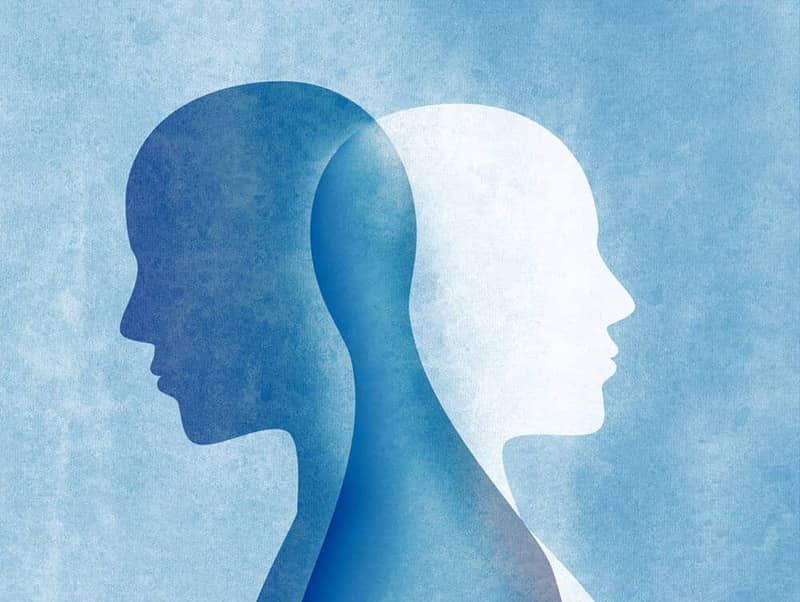 Passionate love, as the more intense type of love, may sometimes increase because of misattribution of arousal. A person can become aroused because of an extraneous source such as consumption of caffeine or a frightful experience and then mistakenly attribute the arousal to passionate love for another, especially if the other is physically attractive. Although passionate love declines over years of marriage, research has revealed that if couples engage in exciting and novel activities together, the passion can be rekindled.
Passionate love, as the more intense type of love, may sometimes increase because of misattribution of arousal. A person can become aroused because of an extraneous source such as consumption of caffeine or a frightful experience and then mistakenly attribute the arousal to passionate love for another, especially if the other is physically attractive. Although passionate love declines over years of marriage, research has revealed that if couples engage in exciting and novel activities together, the passion can be rekindled.
In a more recent typology, six types or styles of loving have been identified. These are eros (intense, passionate love), Ludus (game-playing love), storge (friendship love), pragma (practical love), mania (obsessive, dependent love) and agape (selfless love). These love styles may be considered to be attitudes or orientations toward a particular person (e.g., a romantic partner) but also may be considered to be stable orientations toward relationships. For example, some people may be thought of as erotic lovers, likely to experience this particular style of love regardless of the partner.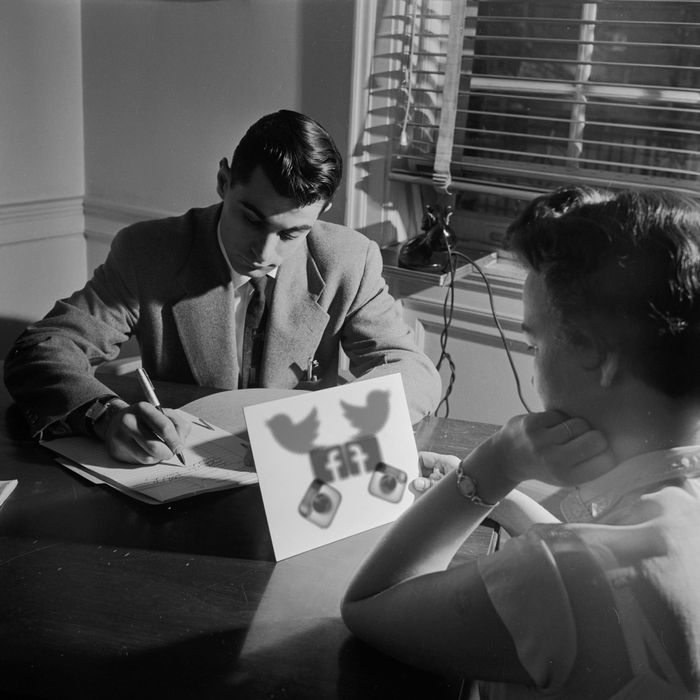 However, people’s love-style experiences also may change as a function of the partner’s style of loving and how he or she behaves toward the other partner. The two types of love that are experienced to the greatest degree, especially among young adults, are eros and storge. In fact, most romantic relationships may have a combination of these two types of love. People experience a low level of ludus, which is good because this type of love does not lead to healthy and long-lasting relationships. Consistent gender differences have been found in the experience of love styles. Ludus is experienced to a greater degree by men than by women, and storge and pragma are experienced to a greater degree by women.
However, people’s love-style experiences also may change as a function of the partner’s style of loving and how he or she behaves toward the other partner. The two types of love that are experienced to the greatest degree, especially among young adults, are eros and storge. In fact, most romantic relationships may have a combination of these two types of love. People experience a low level of ludus, which is good because this type of love does not lead to healthy and long-lasting relationships. Consistent gender differences have been found in the experience of love styles. Ludus is experienced to a greater degree by men than by women, and storge and pragma are experienced to a greater degree by women.
Love also has been described as a triangle, having three primary components: intimacy, passion, and commitment (pictorially presented as a triangle). Each component (triangle side) can range from low to high so that a number of different triangle shapes and sizes are possible. Intimacy refers to warmth, understanding, caring, support, and connection.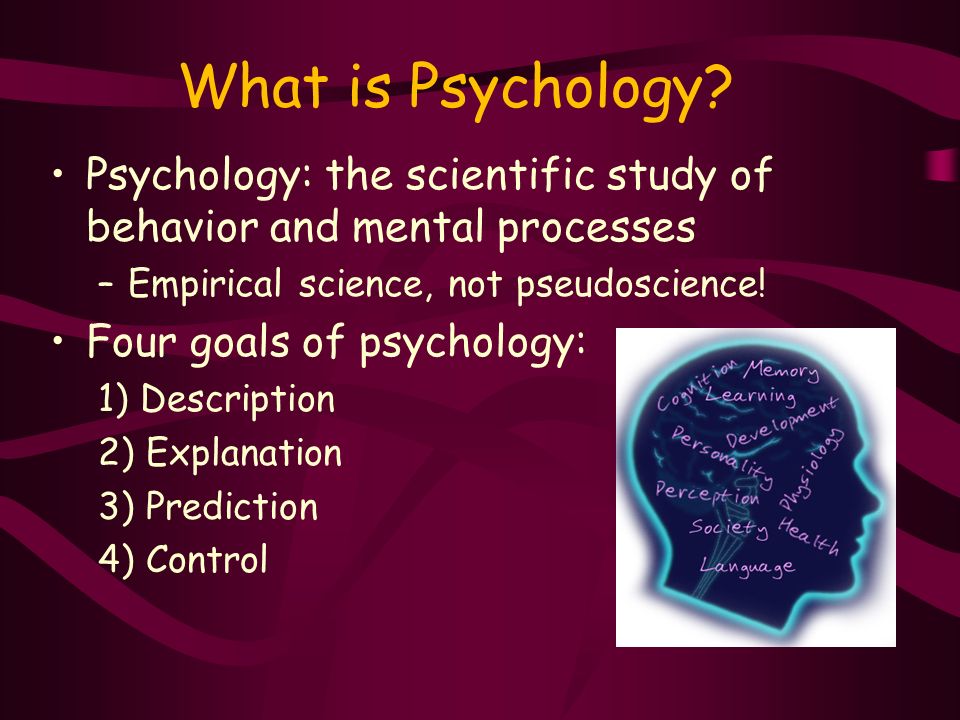 Passion is characterized by physical attraction and arousal. Commitment refers to the decision to stay in the relationship and maintain it. The triangular model of love yields eight different love types ranging from nonlove (no intimacy, no passion, and no commitment) to consummate love (high on all three components). Romantic love, often experienced in young college romances, includes intimacy and passion but rarely includes long-term commitment. An empty-shell marriage has commitment, but may no longer have passion or intimacy.
Passion is characterized by physical attraction and arousal. Commitment refers to the decision to stay in the relationship and maintain it. The triangular model of love yields eight different love types ranging from nonlove (no intimacy, no passion, and no commitment) to consummate love (high on all three components). Romantic love, often experienced in young college romances, includes intimacy and passion but rarely includes long-term commitment. An empty-shell marriage has commitment, but may no longer have passion or intimacy.
Researchers have identified many other types of loving, including unrequited love (in which one loves another but isn’t loved back), limerence (an intense dependent type of love), lust, and friendship love. Although most social scientific research has focused on love for one specific person, typically a romantic partner, love can also be experienced for pets, God, strangers, and all of humanity. Compassionate love, for example, is the type of love that focuses on selfless caring for others, especially those who are in need or distressed.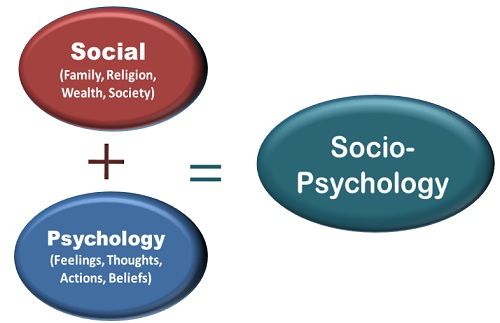 It’s similar to empathy but more enduring. Some nonprofit organizations, such as the Fetzer Institute located in Kalamazoo, Michigan, have recently become interested in promoting scientific study on compassionate love. The hope is that the more that can be learned about this type of love, including love as expressed for all of humanity, the more likely researchers can identify ways to increase it.
It’s similar to empathy but more enduring. Some nonprofit organizations, such as the Fetzer Institute located in Kalamazoo, Michigan, have recently become interested in promoting scientific study on compassionate love. The hope is that the more that can be learned about this type of love, including love as expressed for all of humanity, the more likely researchers can identify ways to increase it.
Attitudes about Love
Social scientists also have been interested in examining people’s attitudes about love. How important do people believe love is for entering and maintaining marriage (i.e., do love and marriage go together?) Do people believe that love is necessary to have premarital sex? What are people’s romantic attitudes about love? For example, do they believe in love at first sight and that love conquers all? These beliefs are important to study for many reasons, including that the attitudes and beliefs people have will affect their behaviors. Survey studies indicate that most young adults believe that one should not enter marriage without love.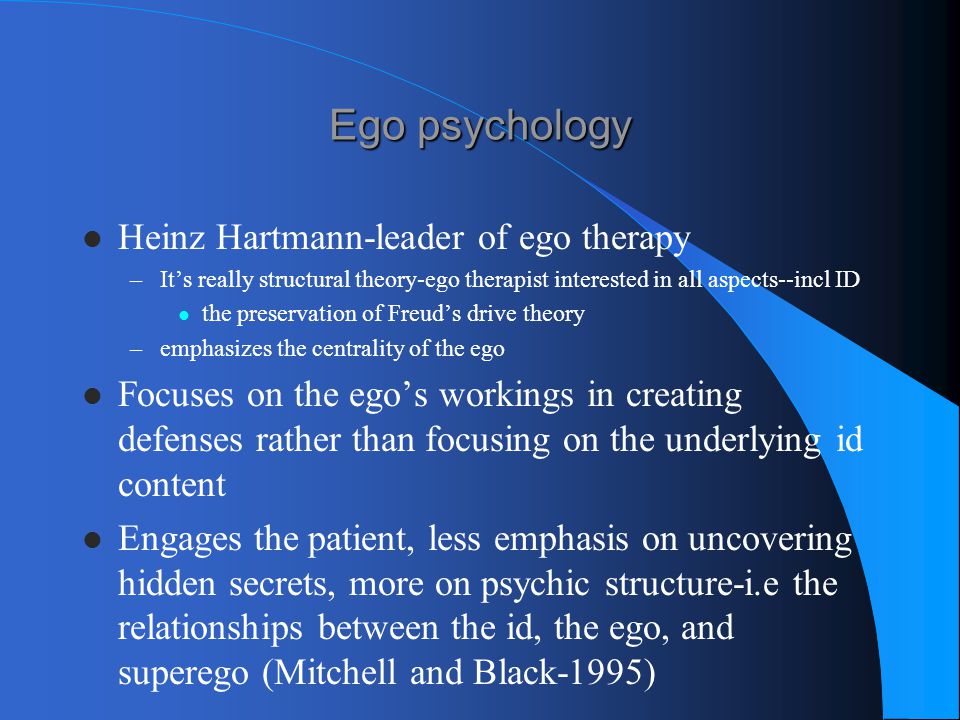 The disappearance of love from marriage over time is thought to be a sufficient reason for a divorce by most people. Although some young adults indicate that they believe that sex is okay in a casual relationship and even in a “hook-up,” most young adults and especially women and female adolescents believe that love and affection are necessary for premarital sexual activity. Finally, young adults have many romantic beliefs about love, including that if you love someone, other obstacles can be overcome and a love partner and relationship can be perfect. These beliefs have sometimes been referred to as positive illusions and have been found to be good for relationships because they contribute to people engaging in actions that lead to positive events in the relationship.
The disappearance of love from marriage over time is thought to be a sufficient reason for a divorce by most people. Although some young adults indicate that they believe that sex is okay in a casual relationship and even in a “hook-up,” most young adults and especially women and female adolescents believe that love and affection are necessary for premarital sexual activity. Finally, young adults have many romantic beliefs about love, including that if you love someone, other obstacles can be overcome and a love partner and relationship can be perfect. These beliefs have sometimes been referred to as positive illusions and have been found to be good for relationships because they contribute to people engaging in actions that lead to positive events in the relationship.
Falling in Love
Many people can remember the first time they had an upsurge of affection for another and may have labeled this turning point in the relationship “falling in love.” Researchers have identified the factors that lead to initial attraction as well as falling in love.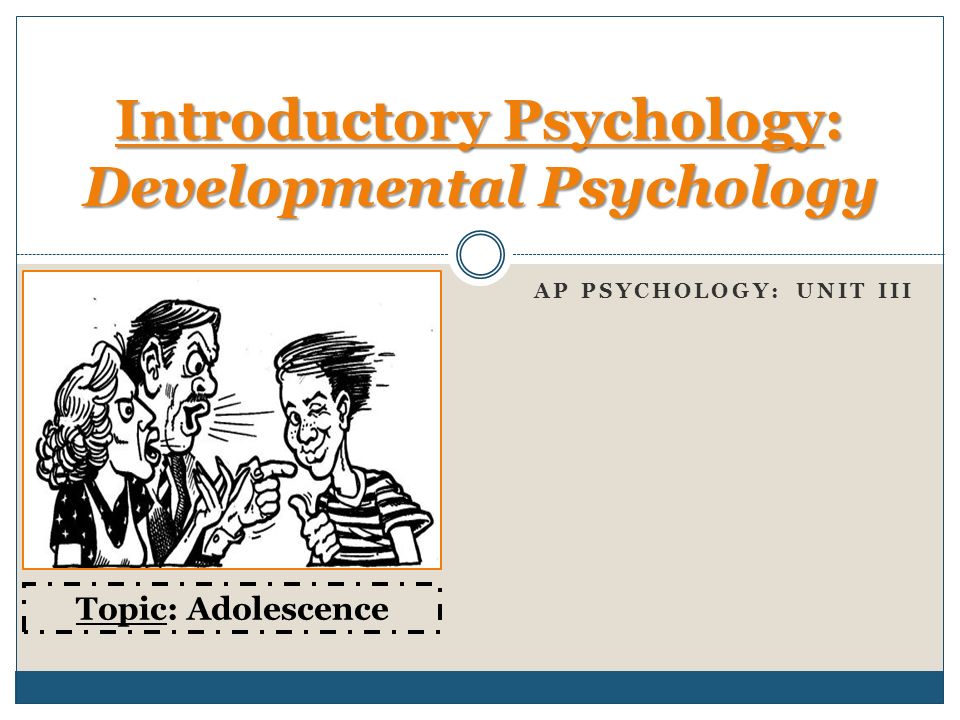 People report that they fall in love because of desirable characteristics of the other (e.g., kindness, physical attractiveness) and because the other expresses attraction toward them, such as through eye contact. Falling in love can lead to an increased feeling of self-worth, at least in the initial stage and especially if it’s reciprocated.
People report that they fall in love because of desirable characteristics of the other (e.g., kindness, physical attractiveness) and because the other expresses attraction toward them, such as through eye contact. Falling in love can lead to an increased feeling of self-worth, at least in the initial stage and especially if it’s reciprocated.
Determinants of Love
Researchers also have tried to identify the factors that make love grow over time or at least not decrease. The most common way of studying determinants of love is to survey individuals about their relationship and have them complete a scale to measure how much they love their partners, and then also have them complete measures on several factors that are predicted to be associated with love. A design that follows the relationships over time is more useful than data at only one point in time for determining causal directions. Research has indicated that feelings of love are associated with factors such as self-disclosure, equity (fair exchange of resources), frequent and satisfying sex, and positive beliefs about the relationship.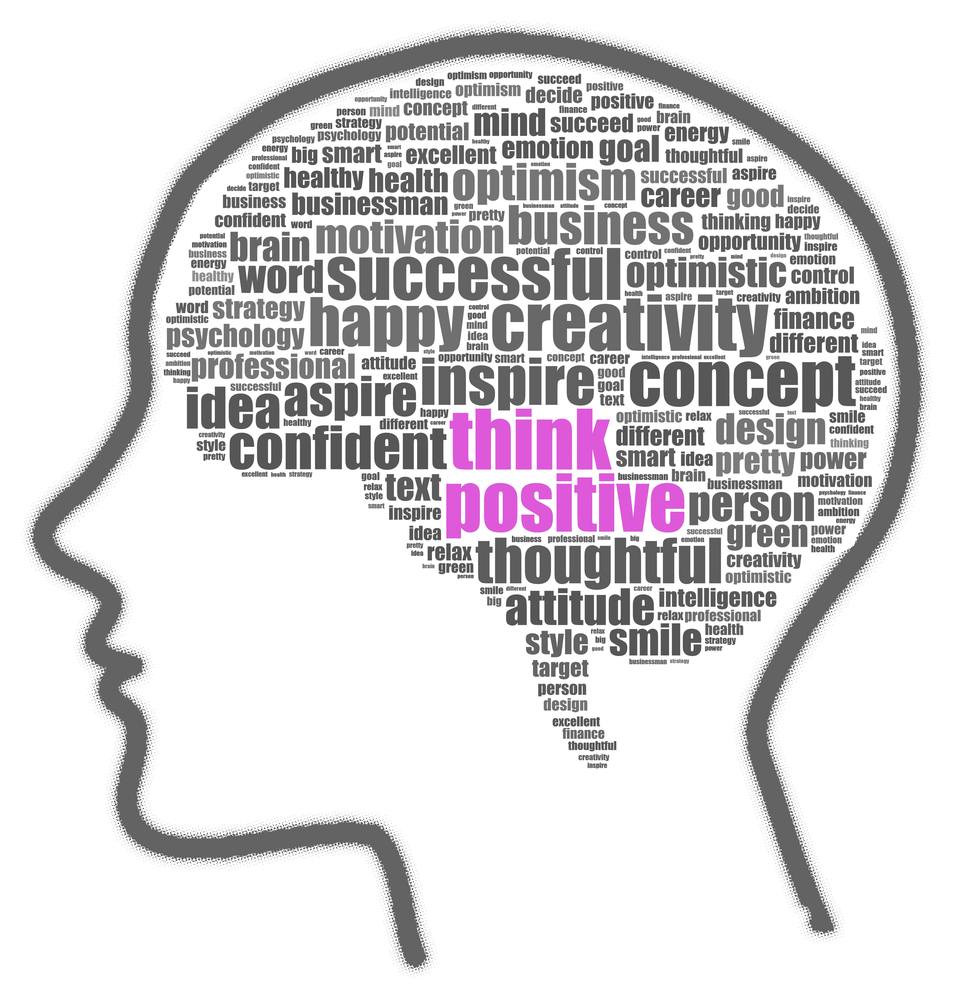 Research done by Diane Felmlee and Susan Sprecher also indicates that love increases when parents and friends support the relationship. Each of these factors that have been identified as determinants of love, however, also can be consequences of love. That is, when people feel more love, their self-disclosure, sex, fair exchange, and attempts to seek support from family and friends for the relationship may increase.
Research done by Diane Felmlee and Susan Sprecher also indicates that love increases when parents and friends support the relationship. Each of these factors that have been identified as determinants of love, however, also can be consequences of love. That is, when people feel more love, their self-disclosure, sex, fair exchange, and attempts to seek support from family and friends for the relationship may increase.
Implications of Love
Love is important to relationships, to individuals, and to society. Relationships that are loving are more likely to be satisfying and last over time. Individuals who experience love and support by others and also feel love for others are more likely to have high levels of mental and physical health. Society also benefits from people forming loving connections with each other. Love leads to reproduction (and replacement of members in a society), familial relationships for the raising of children to adulthood, and humanitarian efforts toward others. Social psychological investigation has helped significantly to expand the knowledge regarding the multidimensional nature of this important concept of love, as well as the attitudes associated with it. The scientific community and society has much to gain from the continued investigation of this pivotal and central human emotion.
Social psychological investigation has helped significantly to expand the knowledge regarding the multidimensional nature of this important concept of love, as well as the attitudes associated with it. The scientific community and society has much to gain from the continued investigation of this pivotal and central human emotion.
References:
- Felmlee, D., & Sprecher, S. (2006). Love. In J. E. Stets & J. H. Turner (Eds.), Handbook of sociology of emotions (pp. 389-409). New York: Springer.
- Hatfield, E., & Sprecher, S. (1986). Measuring passionate love in intimate relationships. Journal of Adolescence, 9, 383-410.
- Hendrick, S. S., & Hendrick, C. (1992). Romantic love. Newbury Park, CA: Sage.
- Sprecher, S., & Toro-Morn, M. (2002). A study of men and women from different sides of earth to determine if men are from Mars and women are from Venus in their beliefs about love and romantic relationships. Sex Roles, 46, 131-147.
Love from the point of view of psychology
16/11/15 22:14 Belongs to the category: Psychology | Books
I want to share information about another good book: “Psychology. People, concepts, experiments" (author - Paul Kleiman). The book briefly (but not too much) outlines the most famous psychological concepts. Further [for promotional purposes] I will quote a chapter about love =)
People, concepts, experiments" (author - Paul Kleiman). The book briefly (but not too much) outlines the most famous psychological concepts. Further [for promotional purposes] I will quote a chapter about love =)
Love is one of the most complex feelings and, perhaps, one of the most important for a person. There are many different theories of love, but so far no psychologist has clearly defined why and how this feeling arises. Today, four main theories explain the essence of love, affection and sympathy.
Rubin's scales of sympathy and love
One of the first methods of empirical measurement of love was proposed by psychologist Zeke Rubin. He argued that romantic love has three components: attachment, care, and intimacy.
Attachment - the need to be close to another person and receive (show) his support. Important components of this feeling are physical contact and approval.
Caring - actions to ensure the well-being of another person. At the same time, the needs of another are valued as highly as their own.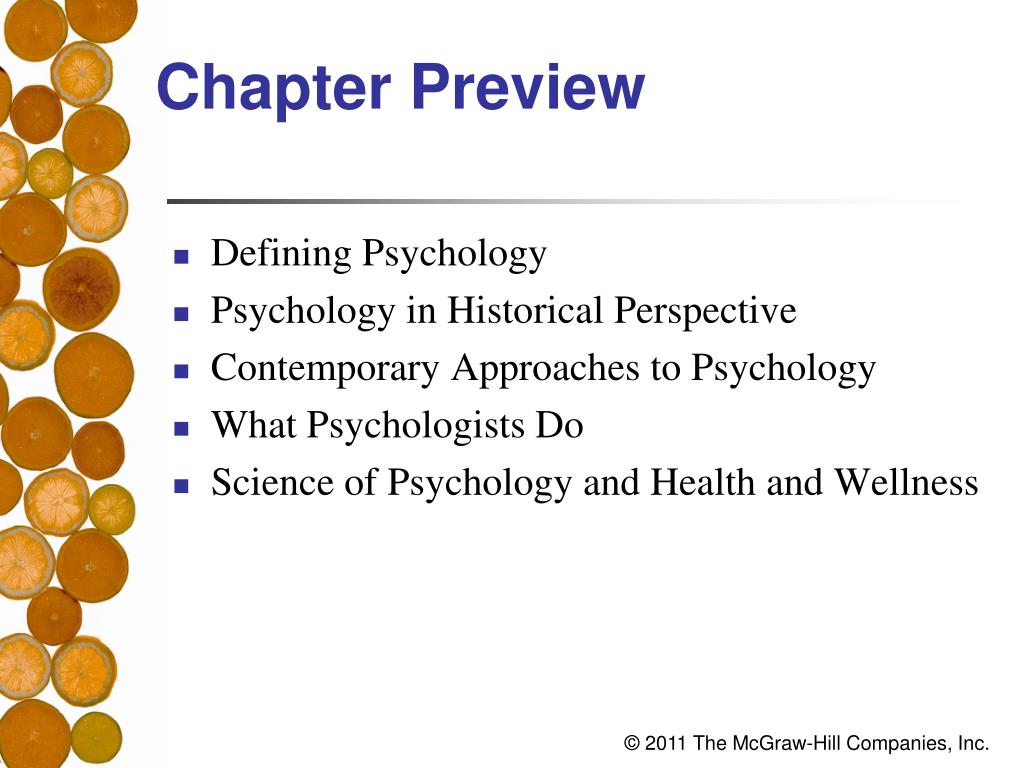
Intimacy is the degree of trust in another person, in which you can share your innermost thoughts, feelings and desires.
Moreover, Zeke Rubin developed two questionnaires to assess these three components of love. According to the psychologist, the difference between sympathy and love can be seen in how we evaluate the other. His questions are formulated in such a way that you can evaluate the feeling of sympathy and love for another person, and then compare the results.
After distributing questionnaires to survey participants, the researcher asked them to base their responses on the feelings they have towards their good friend and their significant other (wife, husband, lover). As a result, it turned out that although good friends received high marks on the sympathy scale, only the closest, most beloved people were rated high on the love scale.
Passionate and compassionate love theory Elaine Hatfield
According to psychologist Elaine Hatfield, there are two forms of love: passionate and compassionate.
Passionate love - a feeling of strong sexual attraction, attraction; a strong desire to be with another person. Passionate love is usually short-lived, lasting anywhere from six months to three years, but it can also develop into compassionate love.
Compassionate love includes feelings of affection, respect, trust, affection, and this feeling lasts much longer.
Hatfield also distinguishes between mutual love, which leads to feelings of euphoria and contentment, and unrequited love, which leads to frustration and despair. According to the psychologist, for the emergence of mutual and unrequited love, a number of factors are necessary, in particular:
The right time is the willingness to fall in love.
Similarity. As a rule, people fall in love with people similar to them.
Early attachment style. Long-term, strong relationships usually develop between balanced people who are strongly and sincerely attached to each other. An impulsive, restless person who quickly falls in love and quickly cools off is most often not capable of a long-term relationship.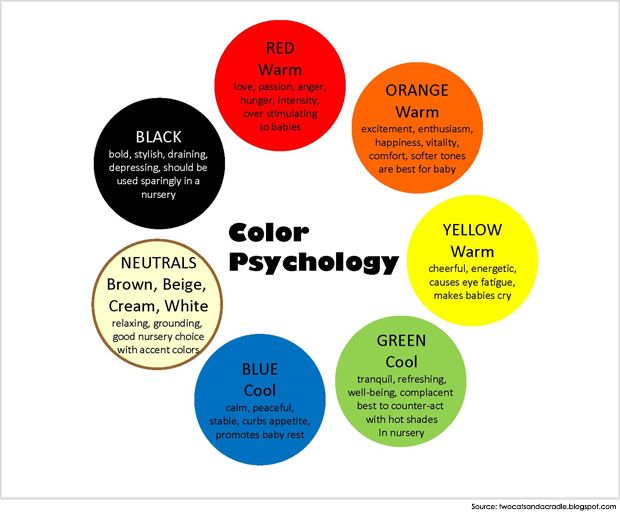
Six styles of love according to John Lee
Canadian psychologist John Lee compared different styles of love with a "color wheel". In his opinion, just as there are three primary colors in the color spectrum, there are three main styles in love:
Eros - love for an ideal image, both physical and emotional; most often based on physical attraction.
Ludus is a kind of love that is played like a game, or as if they are participating in some kind of competition (which often leads to the simultaneous presence of several partners).
Storge - love, often arising on the basis of friendship and developing into deep affection.
Like the three primary colors of the color spectrum, mixing which creates additional colors, combinations of the three basic styles of love give new options, for example:
Mania - a combination of love-eros and love-ludus, or obsession. It involves powerful emotional ups and downs, intense jealousy, and pronounced possessive instincts.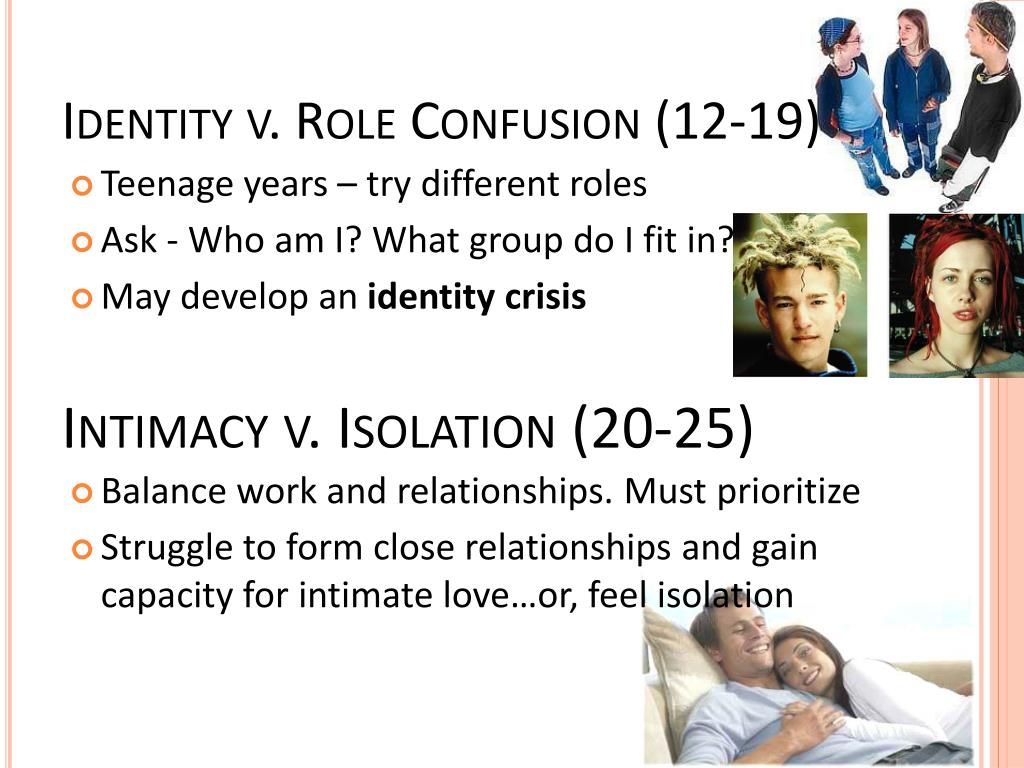
Pragma combines ludus and storge; it is practical, rational love. Each partner in such a pair wants to achieve a certain goal. Expectations from these relationships are carefully thought out, weighed and realistic.
Agape is a combination of eros love and storge love. It is an all-consuming and disinterested feeling.
Robert Sternberg's Three Component Theory of Love
In 2004, psychologist Robert Sternberg proposed a theory of love according to which love has three components: intimacy, passion, and commitment.
Intimacy is closeness, mutual support, the desire to share everything with each other, a feeling of reciprocity.
Passion - a feeling of sexual desire, as well as sympathy and euphoria.
Commitment - the desire and willingness to be faithful to another person and to be with him in a long-term relationship.
Various combinations of these three components make up the seven varieties of love.
This theory can be presented in the form of a table.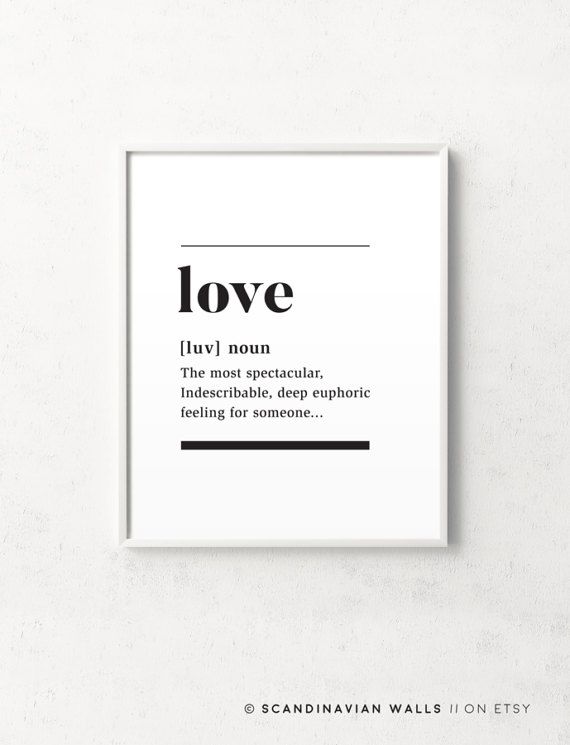
| KIND OF LOVE | INTIMACY | PASSION | LIABILITY |
| Lack of love | |||
| Friendship (or just sympathy) | + | ||
| Passion (obsession) | + | ||
| Empty love | + | ||
| Romantic love | + | + | |
| Comradely love | + | + | |
| Senseless love | + | + | |
| Perfect love | + | + | + |
Friendship (or simply sympathy) is characterized by spiritual closeness and affection, but without passion and devotion.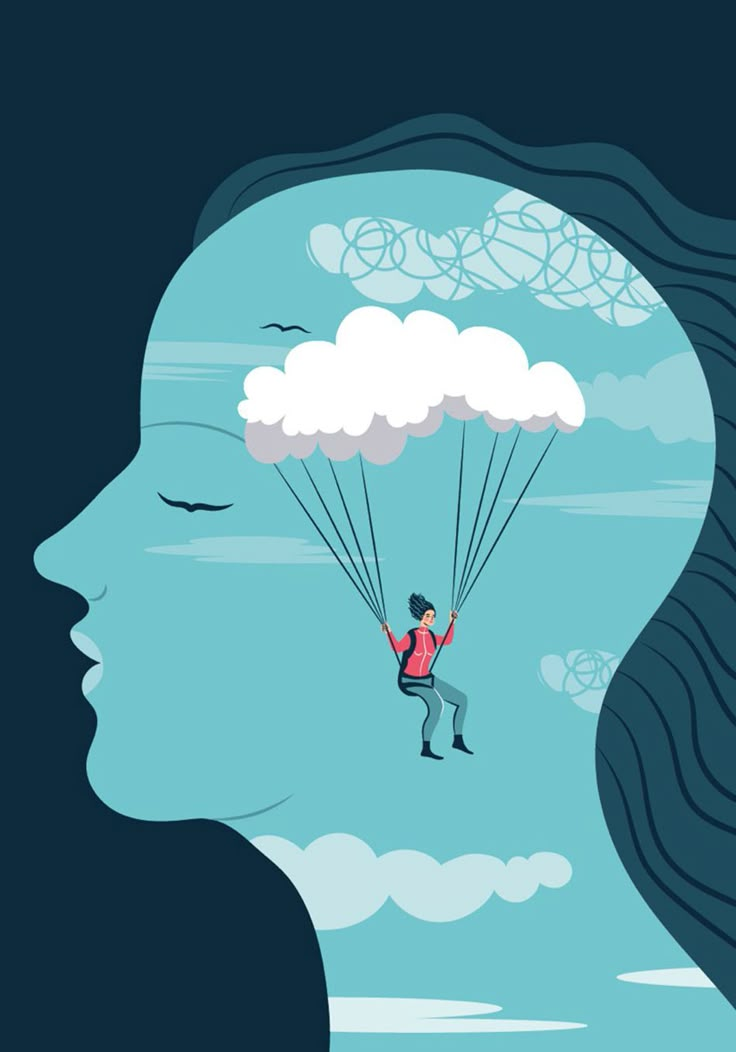
Infatuation (obsession) is what is called love at first sight. Since there is no intimacy and devotion in these relationships, the feeling is usually short-lived.
In empty love there is no intimacy and passion, but devotion and mutual obligations remain.
Romantic love is characterized by intimacy and passion, which implies sexual attraction and emotional connection, but without devotion.
In comradely love there is no longer (or never was) passion, but there is devotion, mutual obligations, as well as affection and sympathy for each other. Such a feeling binds relatives, close friends, and sometimes spouses.
Meaningless love presupposes only the presence of passion and devotion, but without deep intimacy. Such a feeling can lead to a short impulsive marriage.
Ideal love. This feeling has everything: intimacy, passion, and devotion. Sternberg argues that even if such love breaks out, it is difficult to sustain and almost never lasts. After all, if, say, passion leaves it, it will immediately turn into comradely love or something else.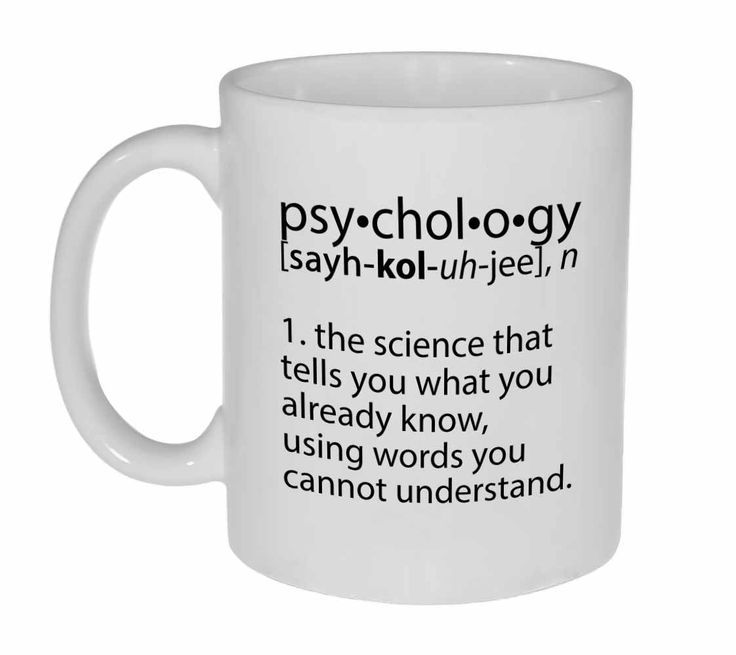
According to Sternberg, during the existence of relationships between people, the ratio of intimacy, passion and obligations in them is constantly changing. Knowing about the three components of love and its varieties, couples can determine what they should pay special attention to at this or that stage of the relationship, and what should be avoided. Perhaps, thanks to this knowledge, they will even be able to understand that it is time to end the relationship.
Tags: Concepts of love, Paul Kleiman, Mann, Ivanov and Ferber
© 2011-2017 Sergey DembitskyPsychology of love: what kind of feeling, definition of the concept, meaning in relationships
Contents
- 1 What is the feeling of love from the point of view of psychology
- 1.1 The point of view of social psychoanalysis
- 1.2 Analytical psychology about love and relationships
- 2 Love, passion (falling in love), romance 9How to figure out whether you love or not
- 10 How a psychologist Daria Milay will help you cope with the problem
- 11 34 interesting facts about love
The definition of love and what kind of feeling (in psychology) is still very blurred.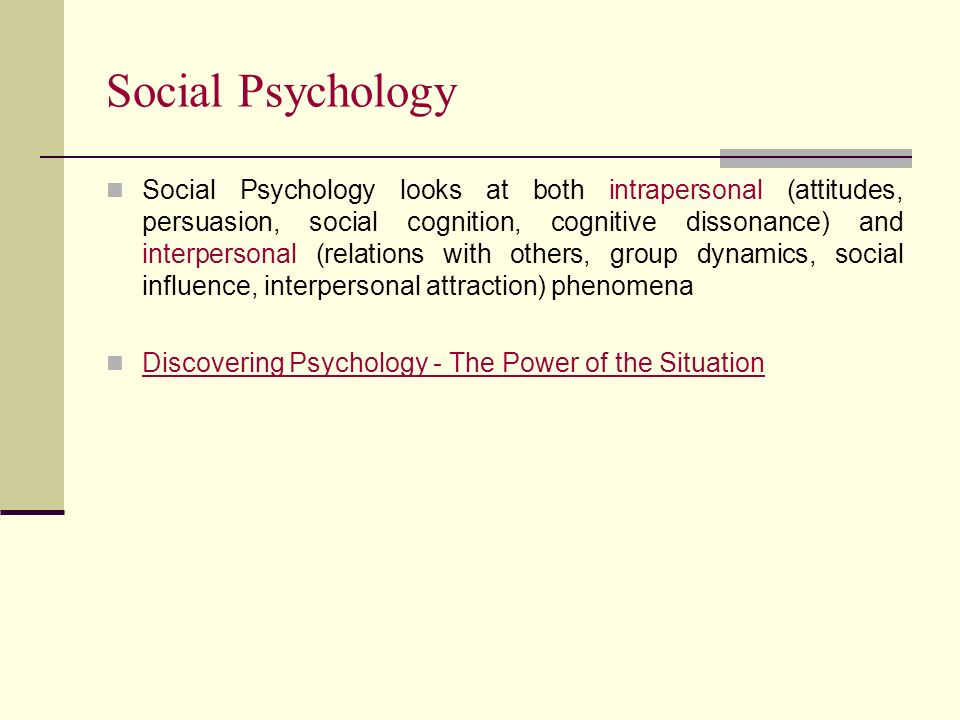 A lot of people surround us, we are indifferent to someone, others cause sympathy, disposition, annoyance or even hatred, and there can be many objects. But only at the sight of one person the spirit freezes and “wings spread”. Emotional excitement smoothly turns into attachment and further, causing a response not only on the emotional, but also on the physical level, deeply affecting the biochemistry of the body, expressed in the accelerated production of serotonin, the hormone of happiness.
A lot of people surround us, we are indifferent to someone, others cause sympathy, disposition, annoyance or even hatred, and there can be many objects. But only at the sight of one person the spirit freezes and “wings spread”. Emotional excitement smoothly turns into attachment and further, causing a response not only on the emotional, but also on the physical level, deeply affecting the biochemistry of the body, expressed in the accelerated production of serotonin, the hormone of happiness.
What is the feeling of love from the point of view of psychology
Surprising and unique, it can lift you to heaven and throw you into the abyss of despair and doubts about the partner's answer. Scientists tried to understand it, philosophers tried to classify it, and poets tried to sing it. Elusive and at the same time quite tangible, it does not fit into the framework of dry interpretations. In order to somehow bring all statements to a common denominator and streamline knowledge about the subject, it was decided to focus on the form of manifestation and the conditions for occurrence, taking into account whether it manifests itself to family members or is directed at an outsider.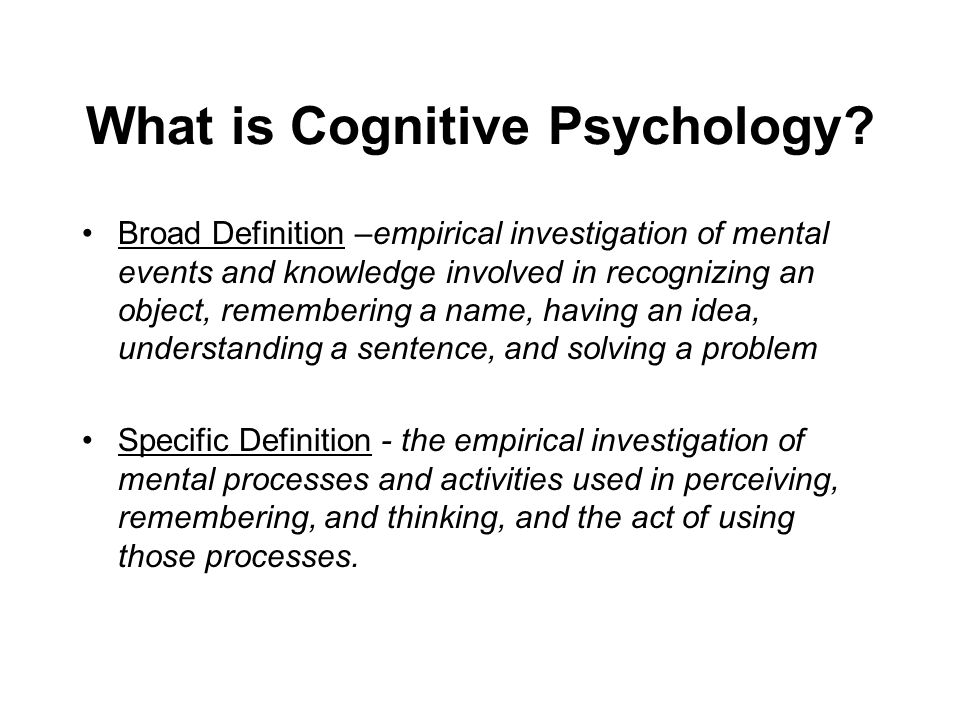
What is love and what is the definition of the concept in psychology? This is a feeling that is expressed by a feeling of deep affection, aspiration, setting the desires of another above one's own. You also need to remember that it has such signs as:
- attraction;
- respect;
- change of priorities in favor of the object of interest;
- desire to provide any kind of assistance;
- guardianship and care.
Disputes about the origins and forms continue to this day. The truth has not been found in the question whether love deprives free will or everything happens with full awareness of the process. There is also no age limit.
The point of view of social psychoanalysis
Exploring the mysterious feeling from different angles, many authors of scientific papers understand that in principle it cannot be categorized and classified. Nevertheless, in the course of a long debate about love psychology, 3 types were distinguished:
- pragmatic, which dominates successful marriages “of convenience” and based on mutual respect and understanding;
- mania, in which the leading role is played by passion and jealousy, possessiveness and subconscious expectation of future problems, which add sharpness and are an integral part of the experience;
- agape or disinterested service to the object of adoration, while one's desires are relegated to the background, but the partner is expected to recognize and admire this version of events.
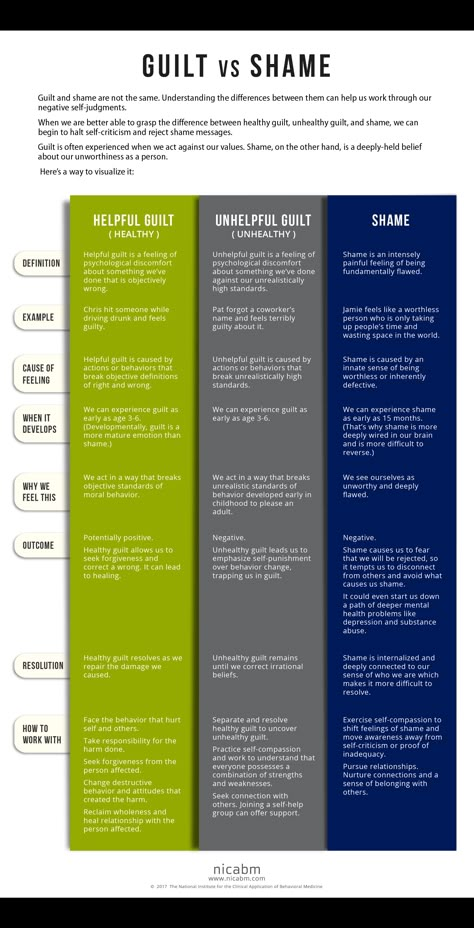
I always make it clear that in pure form these varieties are almost never found, as well as types of temperament. They are in most cases combined with the predominance of one of the directions.
Analytical psychology about love and relationships
A huge number of stereotypes have been created in this area, and most of the authors were those who suffered a crushing defeat and did not receive reciprocity. From the point of view of the German psychologist Erich Fromm, there are 2 varieties:
- according to the principle of being, which is characterized by the manifestation of interest, care, refers to creative feelings and fills the spiritual world with new meaning, and applies to both people and objects;
- possession, born in the abyss of passion, but short-lived and destructive, overwhelming partner.
The first option is inherent in self-sufficient strong personalities who are able to take responsibility for their chosen one, share strength and confidence, warmth.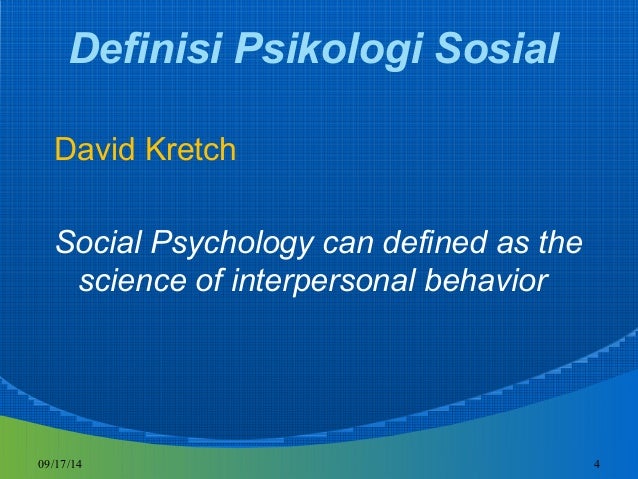 They are sure that love is a feeling that does not tolerate coercion. The second variety is characteristic of unstable neurotic people who are used to dominating and demanding unquestioning obedience. At the same time, transformation in a positive direction is possible, but only when mutual understanding is reached and the desire to change for a loved one.
They are sure that love is a feeling that does not tolerate coercion. The second variety is characteristic of unstable neurotic people who are used to dominating and demanding unquestioning obedience. At the same time, transformation in a positive direction is possible, but only when mutual understanding is reached and the desire to change for a loved one.
Harmony will require a multi-stage relationship building, supported by efforts from both sides. Mutual support is required, a willingness to listen and try to understand, a desire to jointly search for a way out of difficult situations.
Love, passion (falling in love), romance
At the first stages of a relationship, it is very difficult to separate emotions into components. The explosive mixture included hormonal surges, big words, spiritual impulses and a huge amount of imagination, idealizing the object of interest. No one can predict the duration, but as the famous French joke said, if you cannot influence the process, then relax and have fun.
Psychologist Daria Milay
Make an appointment
The ideal ratio for a long-term relationship consists of approximately equal parts of love with the characteristic features of care, guardianship, which allows you to ignore the partner’s shortcomings or put up with them, classifying them as cute eccentricity.
Falling in love together with affection form romantic feelings, which are possible even on a platonic level.
Difference from passion
Reflecting on the difference between these sensations, I join the opinion that it is the first that gives mutual growth and striving for perfection, the creation of a more interesting and spiritual part of oneself. It does not limit freedom, opening new horizons and inner strength.
The central place is occupied by the object of adoration, all aspirations are aimed at satisfying his desires. It is the personality that becomes important, and the appearance, style of clothing and demeanor are relegated to secondary roles.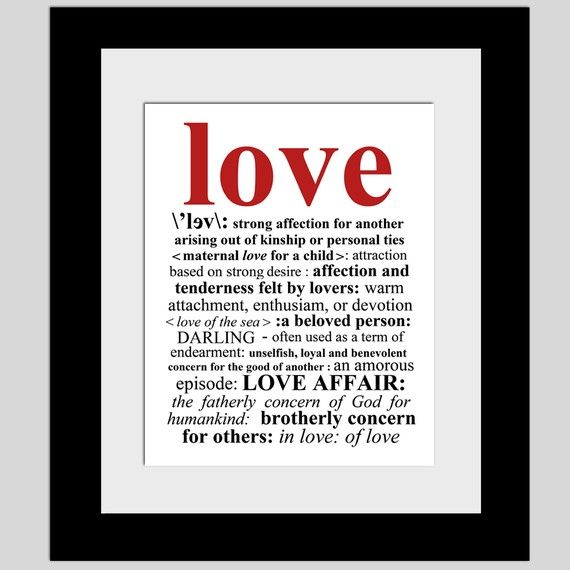 The basis for a long-term union in this case is mutual understanding, sensitivity to the thoughts and point of view of the partner, openness and complete trust.
The basis for a long-term union in this case is mutual understanding, sensitivity to the thoughts and point of view of the partner, openness and complete trust.
Love gives additional support, bends under the pressure of circumstances, but does not break, raising relationships to a new round of development.
Passion has some opposite aspects. Flaring up quickly, it goes out with a decrease in interest. Dictates conditions and drives into the framework of expectations, depriving of freedom and emancipation. The fear of not matching the fictitious image makes you wear a mask and you can forget about frankness. The basis rests on external attractiveness at the physiological level. Once it disappears or is replaced, there is no reason to spend time together.
The concept of love includes the aspect of selflessness and attention to the object of feelings, passion is selfish and primarily pursues its own interests.
But for a long-term warm relationship, a strong foundation for a family, both components are necessary, establishing a kind of balance and energy flow in both directions, giving and gratefully accepting attention, care and physiological pleasure.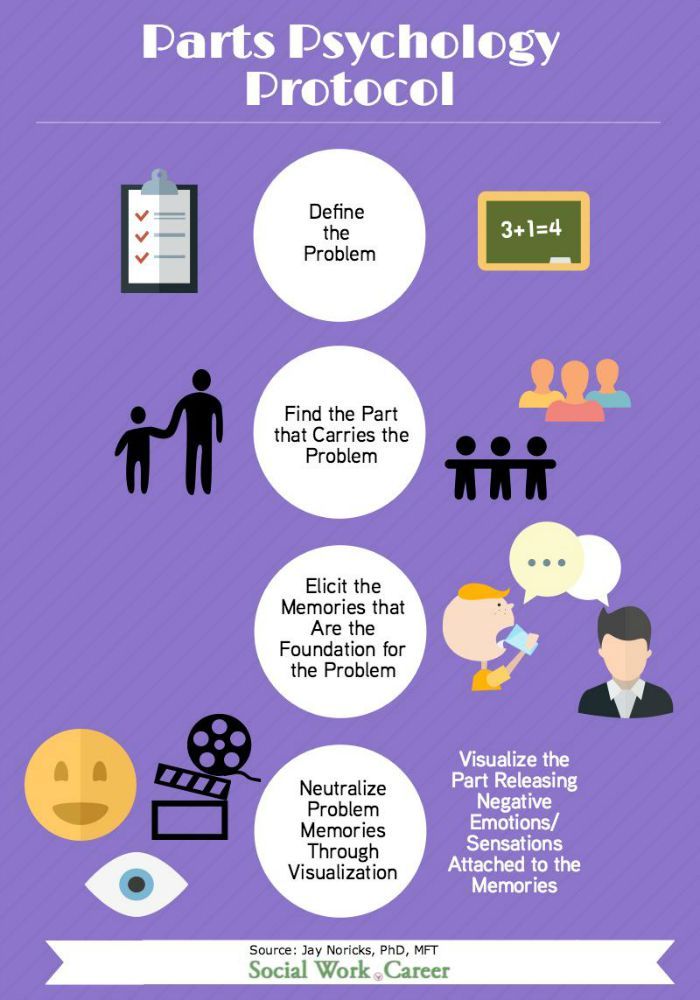
Love and Mental Health
There is a catch phrase that he or she "lost her head" over the object of adoration. No one undertakes to determine how true the statement is, since there really is euphoria from the closeness of a partner, but the degree of intensity depends on the individual characteristics of the person. People surrounded by warmth are generous and magnanimous, self-confident and proactive. They get sick less and create a full-fledged family, sharing their internal energy with loved ones.
From infancy, everyone needs attention, warmth, affectionate touches. Maternal feelings are deep and selfless. They give support, self-confidence, support and inspire. Children who are “disliked” develop attention deficit disorder, an extreme manifestation of selfishness, sometimes turning into sadism towards others. They are not able to give because they themselves received less. They have an inferiority complex, a more pronounced state of depression, instability in the face of life's troubles.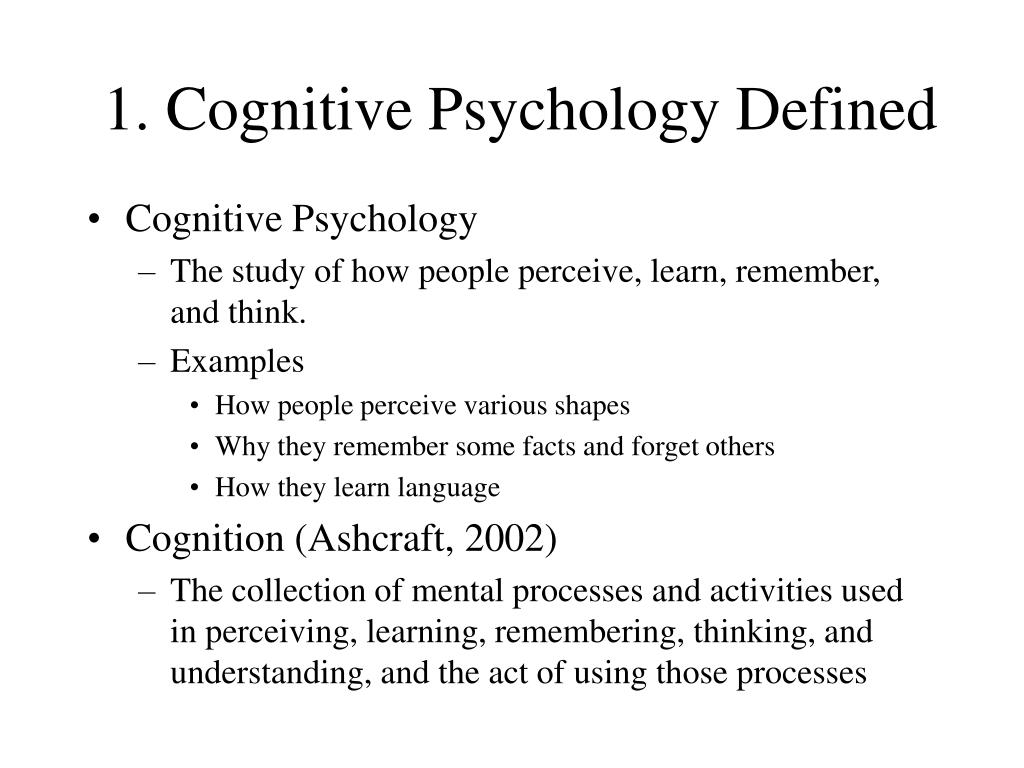
Love and physiology
If passion is considered as a tool for procreation, when short-term contact is enough, then this is not enough for long-term living together in happiness and well-being.
Face-to-face consultation
What are the features and benefits of face-to-face consultation?
Learn more
Skype consultation
What are the features and benefits of Skype consultations?
Learn more
Only the desire to constantly be around triggers a chain of chemical reactions, the main of which is the production of certain hormones:
- serotonin, which improves mood;
- oxytocin produced during physical contact;
- attachment vasopressin;
- dopamine, which forms the pleasure of communication;
- norepinephrine, an increase in which can be recognized by rapid breathing and wet palms.
In sum, the desire to constantly experience pleasant sensations and attractive excitement leads to the formation of a long-term alliance and the need to be close to a partner.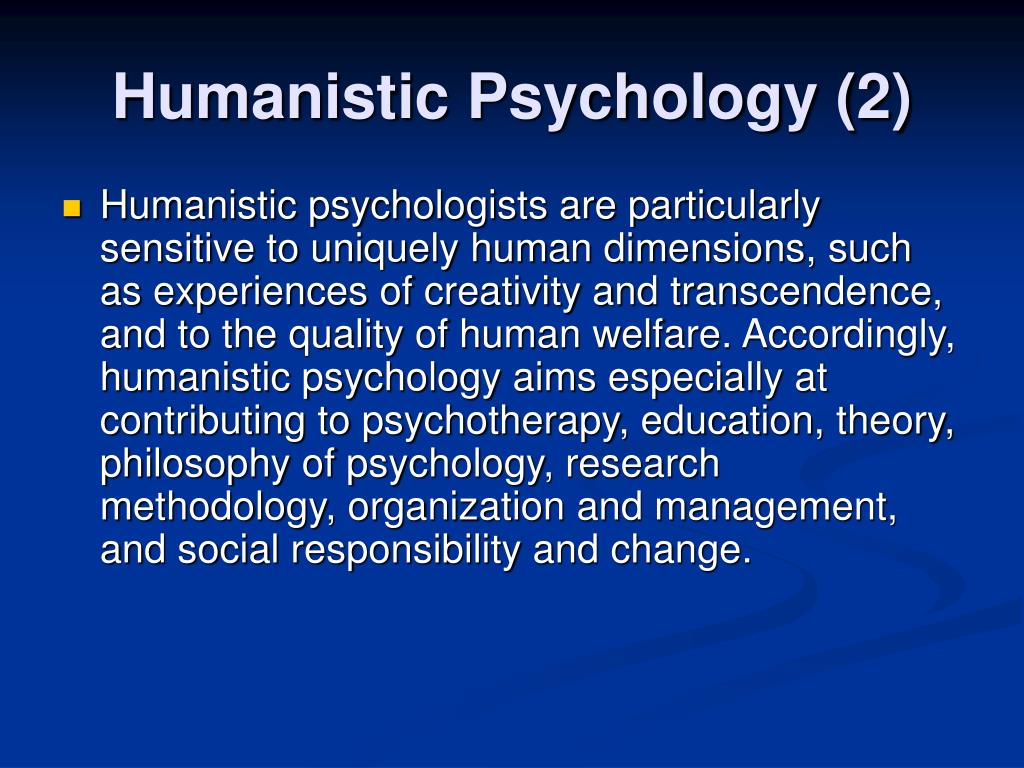
Stages of love
No matter how strange it may sound, such an elevated feeling also undergoes a series of transformations. Each stage has its own characteristics.
Falling in love
The most romantic and exciting part. It is characterized by the intensity of passions, the loss of critical thinking and the search for similarities in various areas. The reason for this attitude is the development of a complex of hormones responsible for euphoria, a cheerful mood and a feeling of happiness.
Saturation
Sharpness of emotions is gradually supplemented by affection and the need to show care. Madness is replaced by warmth, interest in the outside world, professional achievements, communication with colleagues and friends returns. The boundaries are expanding again, but the beloved remains the center. To some, this seems like a cooling off, but in fact, it’s just a transition to a new level.
Disgust
Each person is a whole universe with its own speed of rotation of the planets and laws of attraction.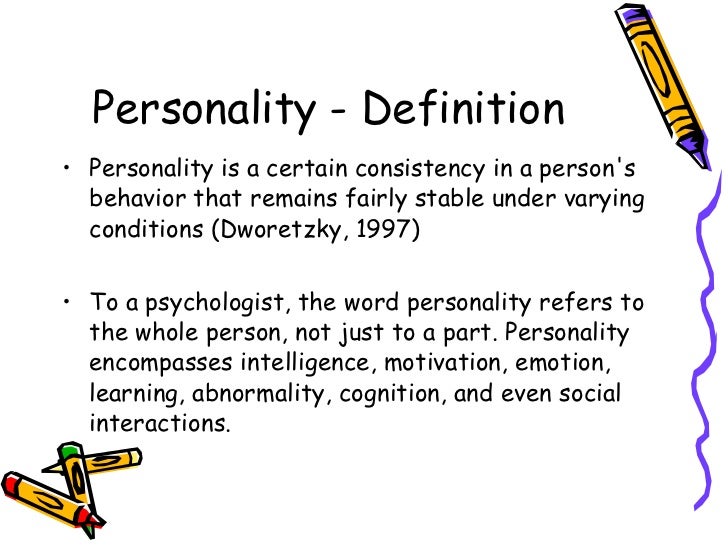 Inevitably, there will be a period when there will be a clash of interests. At this moment, it will become clear what kind of feeling it is - love with its wisdom and forgiveness or uncompromising passion.
Inevitably, there will be a period when there will be a clash of interests. At this moment, it will become clear what kind of feeling it is - love with its wisdom and forgiveness or uncompromising passion.
Humility
Comes objectivity in evaluating a partner and accepting him with all the advantages and disadvantages. It helps to better understand the aspirations and desires of the other, gives an incentive to work on the development of relationships.
Exploring
A person is so many-sided as a person that his inner world is a mystery, not to mention who is next to him. The time has come for discoveries and determination of the boundaries of freedom, the combination of life rhythms.
Proximity
The degree of loyalty and trust increases, where individuality is more clearly manifested in unity. At this stage, often the couple decides to start a family.
Doubts
Typical for people who have lived nearby for more than 5-7 years.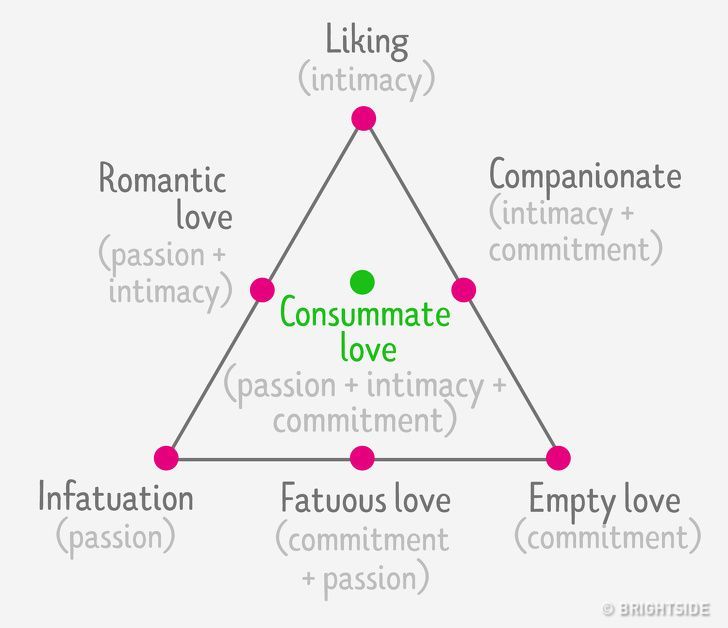 Achievements are analyzed, the opinion of others becomes important. With harmonious relationships in the spiritual and intimate sphere, the period passes quickly and relatively painlessly. With urgent problems and mutual accusations, aggravation and rupture are possible.
Achievements are analyzed, the opinion of others becomes important. With harmonious relationships in the spiritual and intimate sphere, the period passes quickly and relatively painlessly. With urgent problems and mutual accusations, aggravation and rupture are possible.
Sexuality
Difference in passions, change of desires can lead to serious disagreements, romances on the side, mutual cooling. I recommend that my clients find the initial spark by carefully fanning it into a burning fire. Unfortunately, there are no universal methods, for each couple I develop a unique program for a personal consultation.
Love
It is considered the crown of a relationship in which complete trust and mutual understanding are revealed. The danger lies in the loss of individuality, when the partner is perceived as an extension of himself. The most important thing during this period is respect and attention, constant care that does not turn into suffocating guardianship.
Psychology of love and relationships
Without an amazing, inexplicable and all-encompassing feeling, life would be gray and dull. But along with the sprouts of attachment, doubts also arise.
How to understand that you are loved
Eloquence is not given to everyone by nature. Much more can be learned from non-verbal signs. Wandering eyes, constantly returning to the subject of sighing, increased concern for appearance, the desire to spend as much time together as possible clearly indicate a state of love. To them is often added a genuine interest in the dreams and preferences of the object of sympathy. Readiness to help and include you in long-term plans indicates stable serious feelings.
How to figure out whether you love or not
It is difficult for an emotional and sympathetic person to separate sympathy from the desire not to offend, compassion from pity and fleeting infatuation from the mood for long-term communication.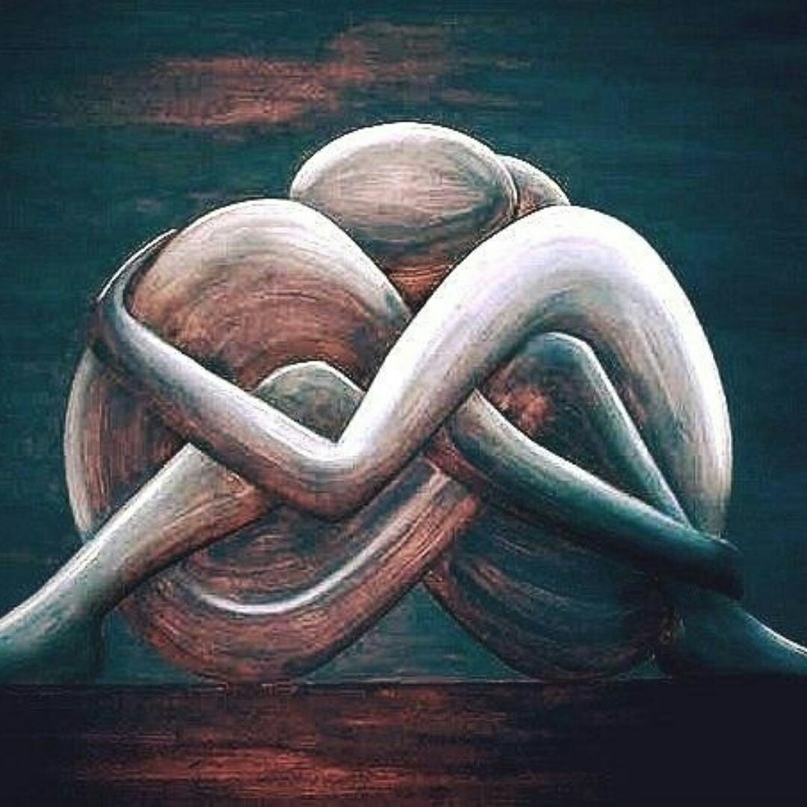 Most psychologists advise turning on the imagination and imagining any adverse situation from illness to a fire. If the willingness to be there, to help and support remains, then no other comments are required. Only one who does not back down in the face of difficulties, even imaginary ones, can say with confidence that he has found his soul mate in the universe.
Most psychologists advise turning on the imagination and imagining any adverse situation from illness to a fire. If the willingness to be there, to help and support remains, then no other comments are required. Only one who does not back down in the face of difficulties, even imaginary ones, can say with confidence that he has found his soul mate in the universe.
How a psychologist Daria Milay will help to cope with the problem
Sign up for a consultation with me and I will help:
- understand the psychology of love;
- find the origins of childhood mental trauma;
- to harmonize relations with the chosen one.
34 interesting facts about love
Mysterious and unexplored, despite all efforts, it inspires and reveals the unknown depths of the soul. Let it be difficult to explain, but there are many phenomena that appear only in the event of a strong feeling for the chosen one.
- Polygamous by nature, a person is ready to give all the energy and warmth of the soul to only one, the only one.

- It only takes 4 minutes to create the first, most lasting impression.
- The heartbeat of lovers comes to a single rhythm, if you keep looking into the eyes.
- Hugging releases oxytocin, which is an excellent remedy for headaches and insomnia.
- The level of external attractiveness is balanced by the spiritual qualities of the partner.
- Opposites do attract, but only if they find common ground.
- The peak of romantic feelings falls on the anniversary of the birth of a relationship. This is followed by a break or a transition to a new level.
- Love develops associative thinking and the ability for long-term planning. Passion activates determination and uncompromisingness.
- The production of a special series of hormones causes addiction, requiring the constant presence of an object of adoration nearby.
- For those in love, the body is a priority, for those who love, the face.
- Romantic touch relieves stress and reduces pain.
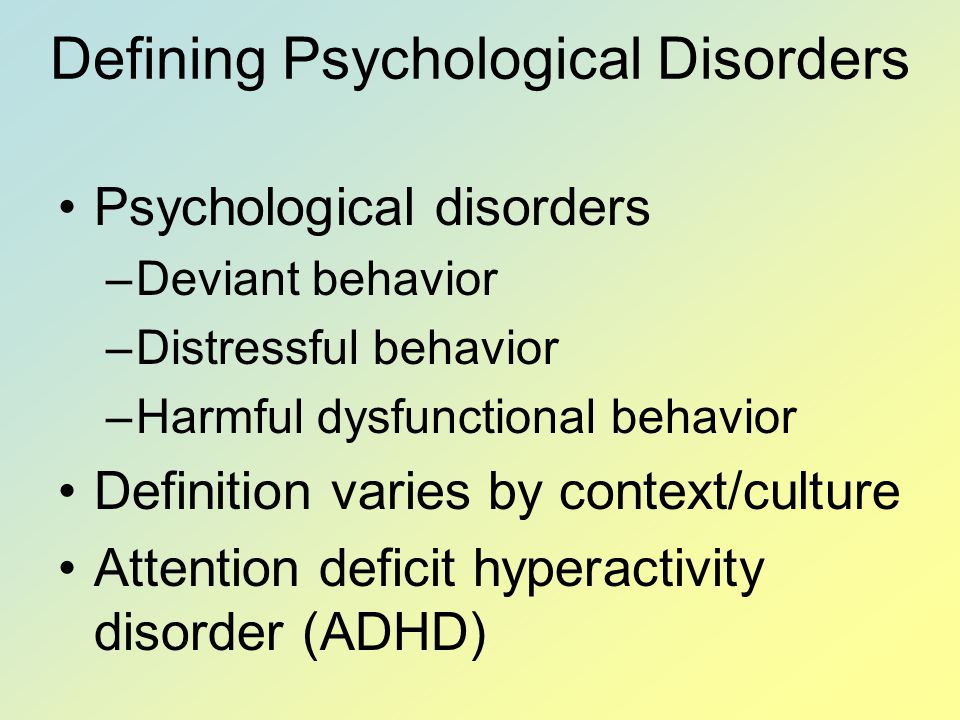
- Gratitude dramatically increases the level of happiness.
- With a surge of positive emotions, pupils dilate, which increases attractiveness to the opposite sex.
- The search for a betrothed improves mood, if it does not turn into a mania.
- Sacred number 7 is considered lucky for creating a family. Before that, you will have to fall in love 6 times, possibly unrequited.
- If we add up the duration of interested male looks, then it will take a representative of the stronger sex a whole year to get them.
- Good self-esteem increases the chances of a mutual lasting feeling.
- When parting, a man experiences more.
- During the period of falling in love, the production of adrenaline intensifies, giving a feeling of trembling in the stomach.
- Kissing in the early morning prolongs life by an average of 5 years.
- If the pituitary gland malfunctions, the production of certain hormones stops, a person loses the opportunity to love.
 The disease is called hypopituitarism.
The disease is called hypopituitarism. - Symmetrical facial features are considered more attractive and increase sex drive.
- Being in love smoothes out all the shortcomings of a partner.
- The strength and intensity of emotions increase in proportion to the time of romantic courtship and joint overcoming of obstacles.
- Blinded by feelings, up to 50% of murders are committed.
- Almost half of the surveyed men and women admit to cheating. Most find it difficult to name the reason.
- The most difficult emotionally for a couple is the 4th year of marriage and then all dates that are multiples of this number.
- The more marriages there are, the younger the chosen one becomes.
- The desire to love is laid down at the level of unconditioned reflexes.
- Danger is the catalyst for attraction.
- A beer belly is an indicator of low testosterone.
- For many, having a sense of humor is important.
- The fewer ladies in the company, the higher their attractiveness.
